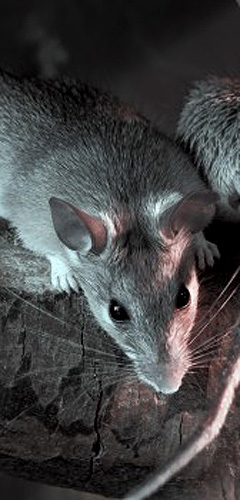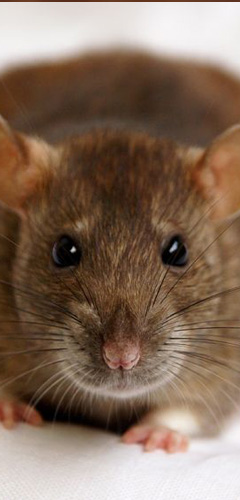- PEST PROBLEMS? CALL US NOW!
- 01865 362053 / 07802 485384
Pest Control for Rats
(Rattus Norvegicus)
 Our pest controller will work with you to kill rats, get rid of rats or simply provide advice on the best way to catch rats
Our pest controller will work with you to kill rats, get rid of rats or simply provide advice on the best way to catch rats
Pest control for rats – our pest controllers are frequently called upon to get rid of rats or kill rats. The best way to catch a rat is determined by whether it's a domestic, commercial or farm environment. Our pest controller will discuss the best methods for control, management and removal and, where necessary, an ongoing management programme to prevent further rat activity.
The most common rat found in the UK is the brown rat. It is thought that this rodent originated from Asia and China and was first recorded in Europe at the beginning of the 18th Century.
The brown rat has a brown-grey fur on its back and a slightly paler fur on its belly. Its tail will be slightly shorter than the head and body and will be darker on the top and lighter below. The rat tends to grow up to 400 – 550g with a body of c. 220 mm and a tail of c. 170 mm. The brown rat usually reaches maturity within 2 – 3 months and has an average life span of 12 months.
A female rat will have 3 - 6 litters per year which usually consists of 8 – 10 young.
The rat produces small dark brown droppings, about 20 mm long. It is often the droppings which are noticed as a sign of their presence, although other main signs include damage to foods, materials and other objects. Rats like to gnaw on timber, wiring, pipe work and soft metals.
The rat spends most of its time within 50 metres of its home but can range 300 metres or so. It also often changes harbourage every week or two and may travel further on these occasions.
Many rats have their homes in sewers that provide a surprising supply of foods. Rats will emerge through openings or breaks in the drains to search for more food and almost certainly spread many disease organisms in the process. Nearly all of its activity will be at
night, but they can be seen in the day.
The rat, on average, will eat one tenth of its body weight each day. They are considered omnivorous but if available, cereals are their preference.
Rats are capable of spreading disease including Leptospirosis, Salmonella food poisoning, Typhus, Trichinosis and tapeworms.
The rat will explore locations quite freely, although they do have a fear of new objects in locations that they become familiar with.


